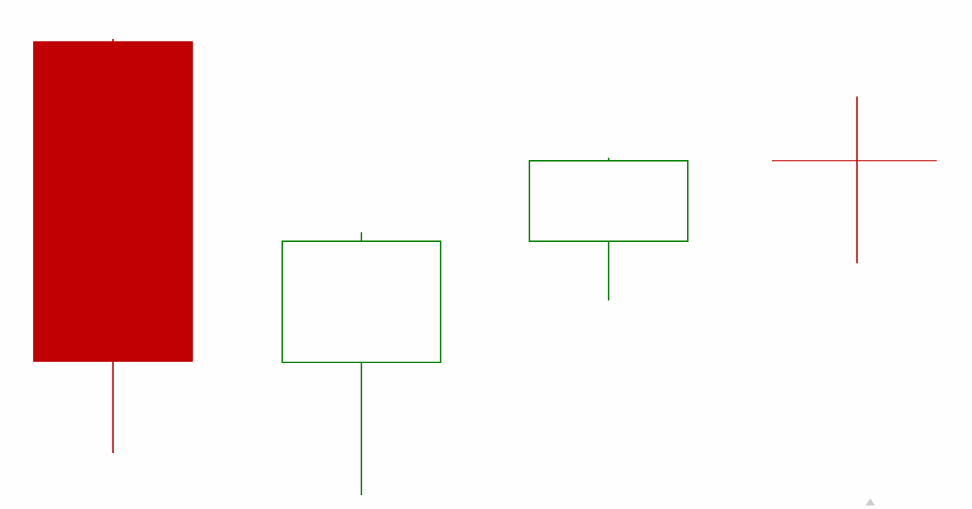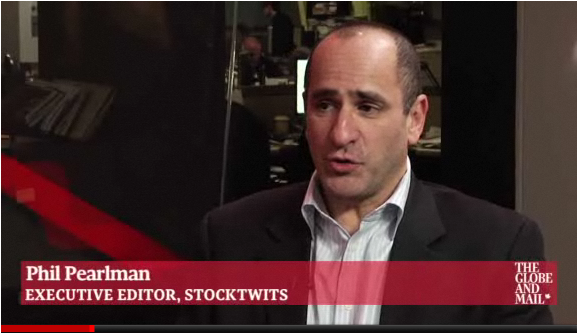
Over the course of 2011, The S&P 500 ($SPX) ended trade at 1257 precisely where it ended 2010.
The resulting candlestick on the yearly chart is commonly called a doji among chartists.
Its tricky making assumptions about the meaning of this or any pattern. Unburdened by interpretation, the candle represents a summary of price behavior in which the market traded in a 24% range from top to bottom while opening and closing 3% above the mid point of that range.
Still, to me, it looks a lot like a cross, which is a fitting metaphor for the year as sacrifice and rebirth are two critical underlying themes as we move from December into January and a new year.
Looking back, the market sacrificed the year to attempt to make meaning of realistic fears related to Europe, global debt, the China bubble – you name it.
Traders, who’d grown comfortable riding bullish trends during 2009 and 2010, sacrificed their prediliction as every trend seemed to end abruptly, almost violently and with an endless array of lunatic reversals.
Momentum sacrificed his boundless energy to simple gravity – the folly of misguided expectations…
Hedge funds sacrificed performance, losing across every strategy against its benchmark, which might foster a pruning of beta masquerading as alpha – an epidemic.
We sacrificed the sacred cows as Bill Miller mercifully hung up his cleats and Jon Paulson blew up as spectacularly as he dominated just a few years ago.
The collective participant psyche sacrificed illusions of certainty or order in the larger entropic current – that complexity thickens even as the world shrinks.
All very humbling to those willing to listen.
Looking ahead though, and having sacrificed, the potential for rebirth in 2012 abounds with freedom to distinguish the things we can not control from the things we can.
We can not control how the market or a specific asset is going to behave no matter how sharp our sword or superb our analysis. Those who learned from 2011 and grew, learned this lesson well at some point… the wisest sacrifice.
We can control our own behavior, preparedness, management and execution. For this, and not being right with magical powers of prophecy, separates the fleeting phenom from the enduring success.








